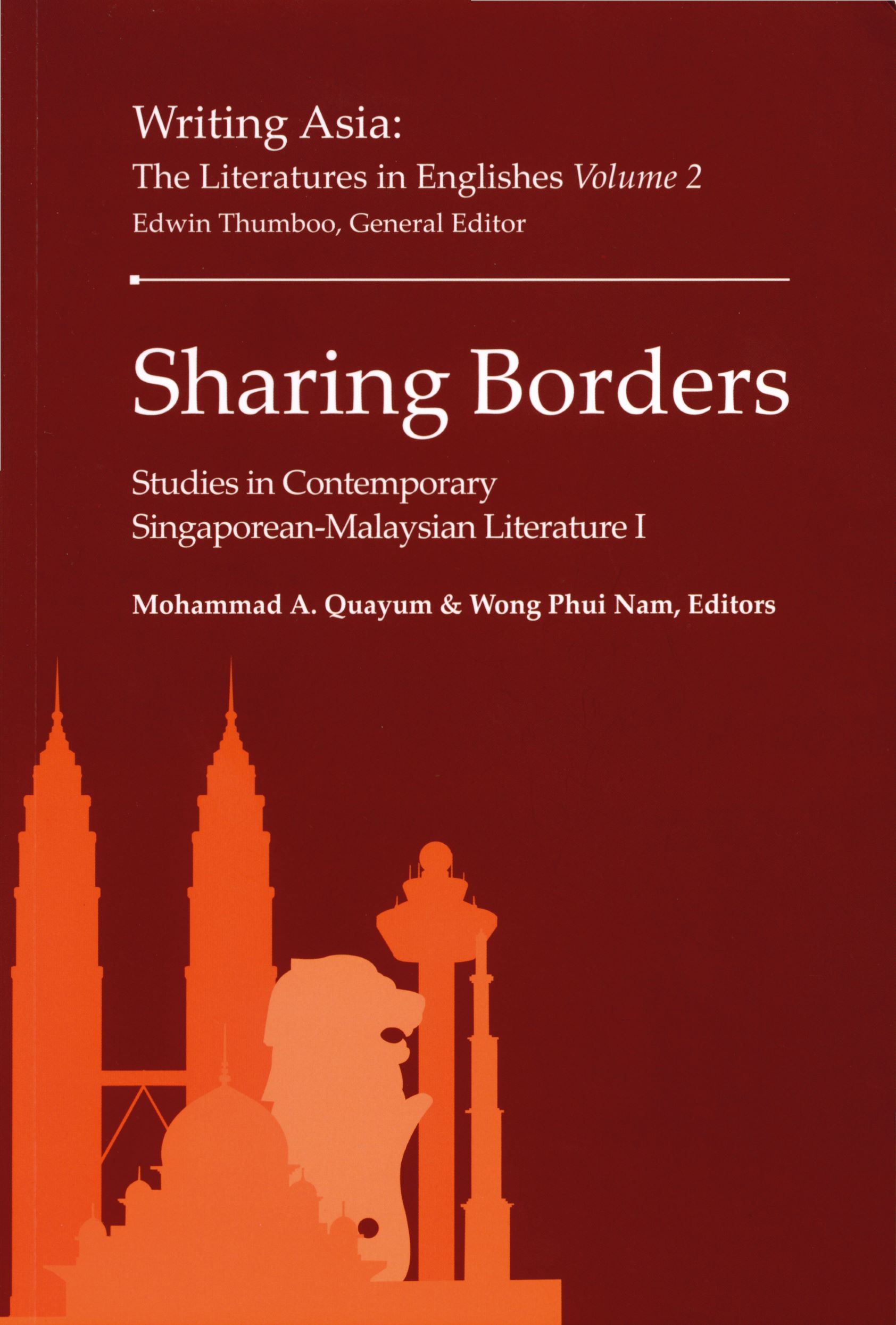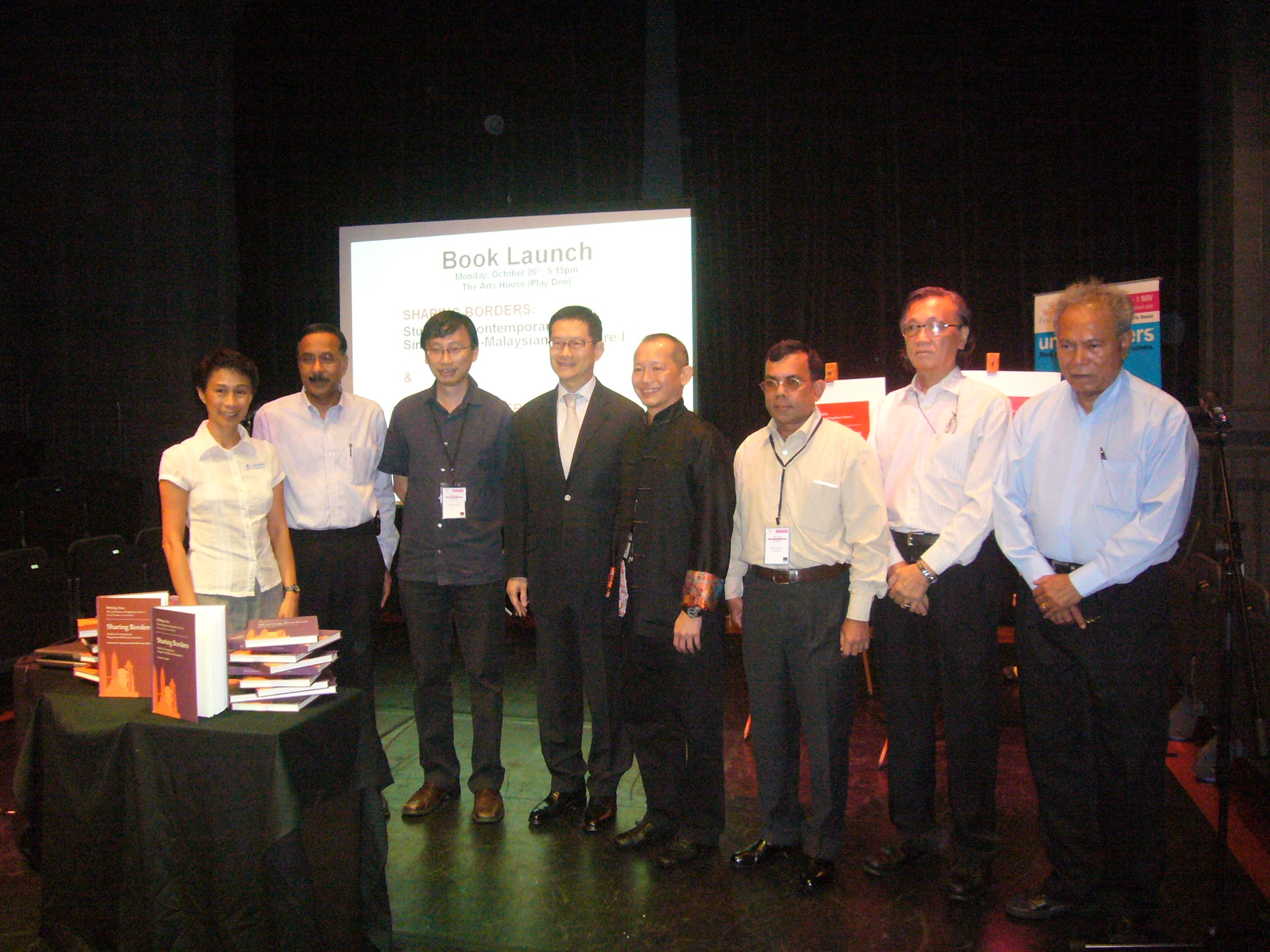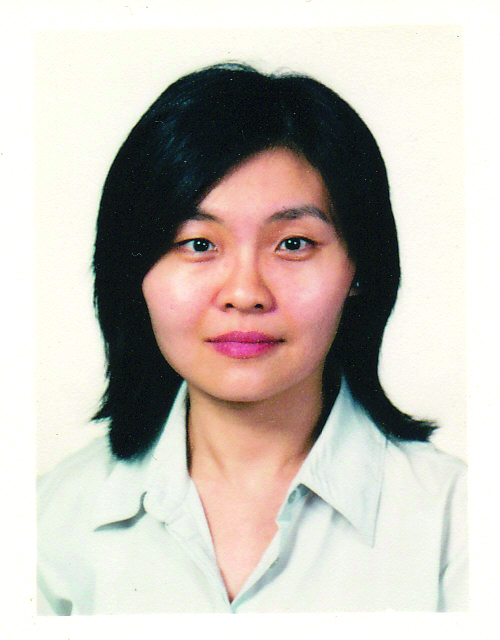Book Review – Sharing Borders
Librarian Gracie Lee reviews Sharing Borders: Studies in Contemporary Singaporean-Malaysian Literature (I & II).

Sharing Borders: Studies in Contemporary Singaporean-Malaysian Literature (I & II) is a welcome addition to the small but growing body of literary criticism on Singaporean and Malaysian creative writings. Described by its General Editor, Edwin Thumboo, as the “most comprehensive account… of Singaporean and Malaysian literatures in English” to date, the publication was jointly launched by the National Library Board and the National Arts Council.
This collection of critical essays examines our shared literature and national literatures through surveys, studies of individual writers and thematic papers. The contributors come from both sides of the Causeway, as well as further afield. This show of mutual cooperation and connectedness between Singapore and Malaysia extends to the publication’s editorship, which is helmed by Mohammad A. Quayum and Wong Phui Nam from Malaysia, and Gwee Li Sui from Singapore. In a refreshing editorial decision, the papers selected came not only from established names in academia, but also from practitioners (and those who wear both hats as researchers/critics and writers). Of these, we have K.S. Maniam, Wong Phui Nam from Malaysia; and Gwee Li Sui, Boey Kim Cheng (now holding an Australian citizenship), Aaron Lee (born in Malaysia), Eddie Tay and Cyril Wong from Singapore.

The essays are broadly arranged in chronology and published in two volumes. The first volume deals with the early development of Singaporean-Malaysian literature and the works of our founding writers, while the second volume focuses on authors writing in the context of post-independent Singapore/Malaysia right up to the new generation of Singaporean poets.
It is in Volume I that the theme “Sharing Borders” comes through more strongly. It begins with an overview of writings by the Straits Chinese – considered by some as the precursors of Singaporean-Malaysian literature, and an analysis of the fictional and semi-biographical stories of the Japanese occupation. This is followed by an essay by Wong Phui Nam who provides an insider account of the literary activism and the experimental writings that were taking place in the University of Malaya. This movement marks the birth of Singaporean-Malaysian literature. Next, we have an article that focuses on the intercultural aspects of early Malaysian English-language theatre. The succeeding chapters are studies on single authors such as Lloyd Fernando, Lee Kok Liang, Rex Shelley, Ee Tiang Hong, Edwin Thumboo, Wong Phui Nam, Gopal Baratham, Goh Poh Seng, Shirley Geok-lin Lim and Stella Kon. Concerned with the issues of an emerging nation, the writers shared a sensibility that was anticolonial, nationalistic and multicultural in intent, content and context.
The essays and writers featured in Volume II collectively present the development of Singaporean-Malaysian literature within the framework of a new island-state. The individual writers selected for study are Arthur Yap, Robert Yeo, Kirpal Singh, Lee Tzu Pheng, K.S. Maniam, Catherine Lim, Suchen Christine Lim, Philip Jeyaretnam, Boey Kim Cheng, Haresh Sharma and Alfian bin Sa’at. Also included are a couple of essays on new writers from the 1990s, thus bringing the existing criticism up to date. Perhaps as a reflection of Malaysia’s language policy and a decline in creative writing in English in Malaysia during the 1960s–70s, only two of the 14 essays in the second volume were on Malaysian literature in English.
The value of such literary criticism that assesses and evaluates our literary heritage and current literary enterprise cannot be underestimated. Background information on the historical and sociocultural circumstances in which these texts were produced and consumed, as well as the various interpretations and readings help bring out the layered meanings and value of the work.
The editors have expressed their hope to see others build on this work by addressing research gaps such as the anthologising process and a survey on the available body of literary criticism. This reviewer would like to add to the list: a study on the writings of Singaporean and Malaysian diasporic or “globalised” writers such Wena Poon, Fiona Cheong, Lydia Kwa, Tash Aw, Rani Manicka, Tan Twan Eng and Preeta Samarasan, and how they craft their “Singapore” or “Malaysia” from the borders.
This publication is part of the National Library’s efforts to preserve the nation's literary heritage and to promote a better appreciation of Singaporean literature in English. It also gives insights into the origins of literary works by Singaporean and Malaysian writers and help readers understand how our local literature has evolved. It is hoped that this publication will initiate scholarly research and collaboration between Singapore-based academics and their counterparts from the region.
NAC believes that this important publication will help generate a deeper and broader understanding of the dialogue between two countries which have shared their social and cultural histories, and lead to a greater synergy and richness of our national literatures.
The launch event was officiated by Edmund Cheng, Chairman, NAC; Benson Phua, Chief Executive Officer, NAC; Dr N. Varaprasad, Chief Executive, NLB; and Ngian Lek Choh, Deputy Chief Executive, NLB.
Sharing Borders is available for sale at $40.00 (paperback) and $50.00 (hardcover) for each volume at local bookstores (prices are before GST). Copies are also available for reference and loan at the National Library and network of Public Libraries (Call no.: RSING S820.9 SHA).

Librarian
Lee Kong Chian Reference Library
National Library

